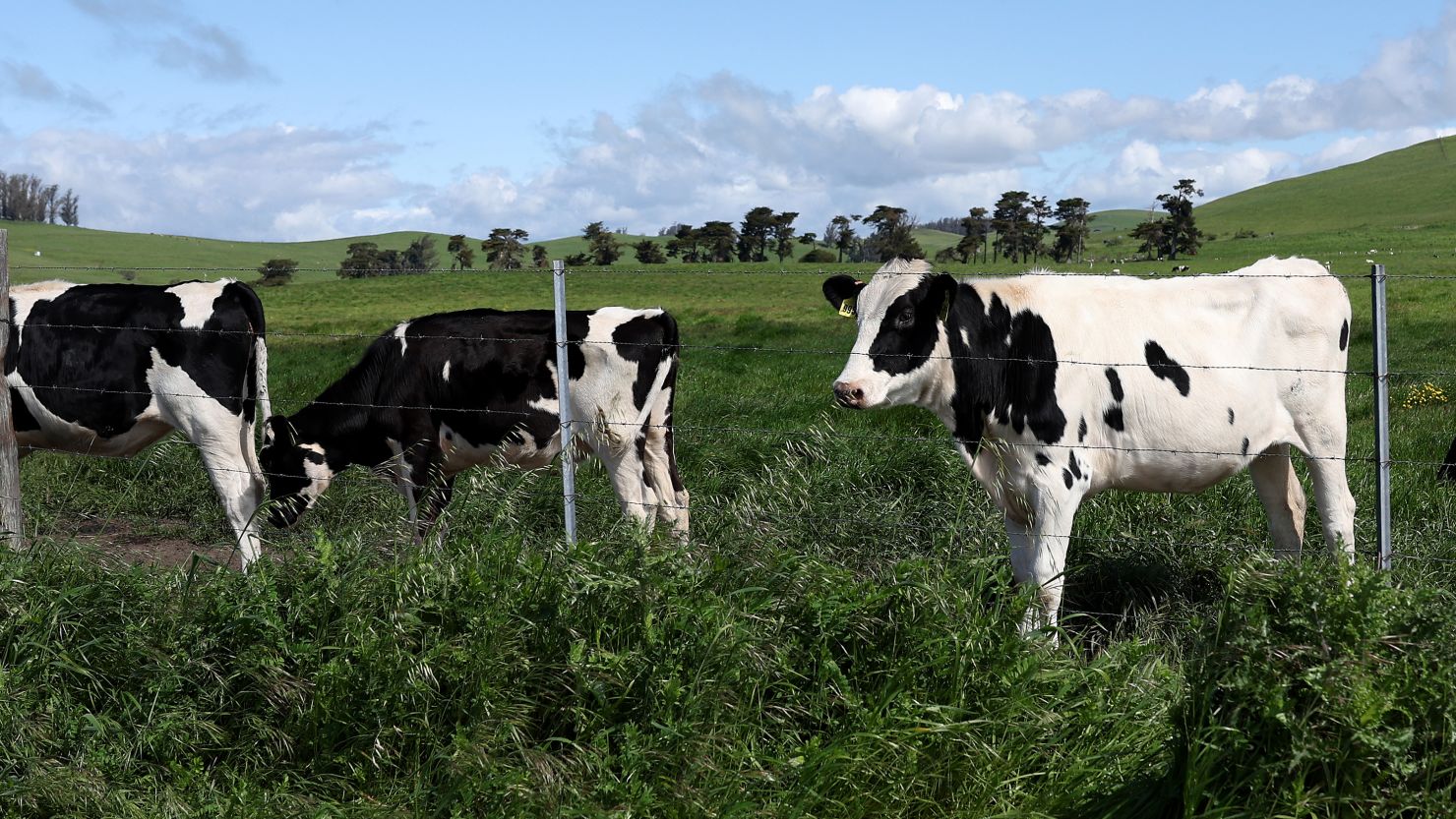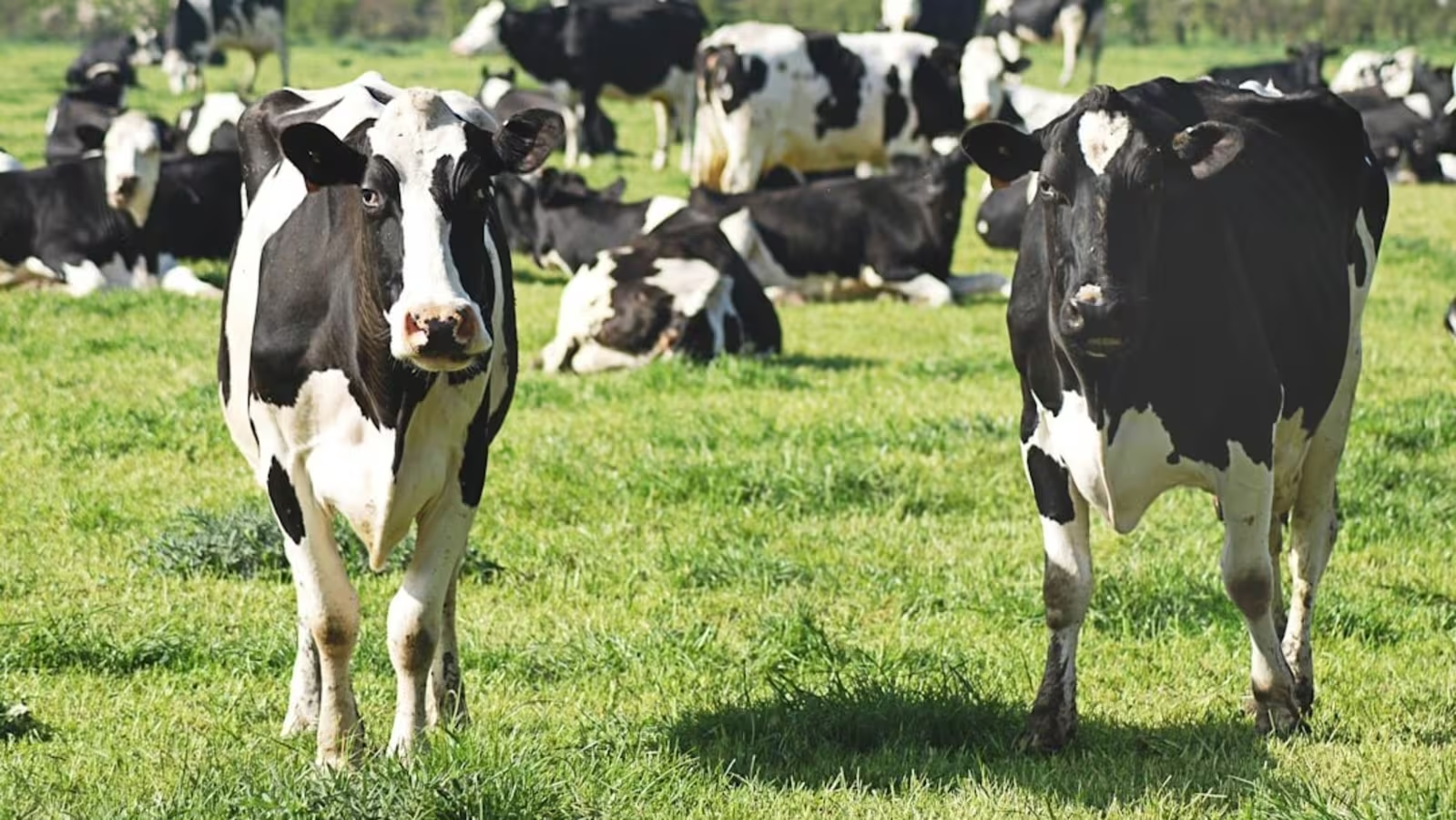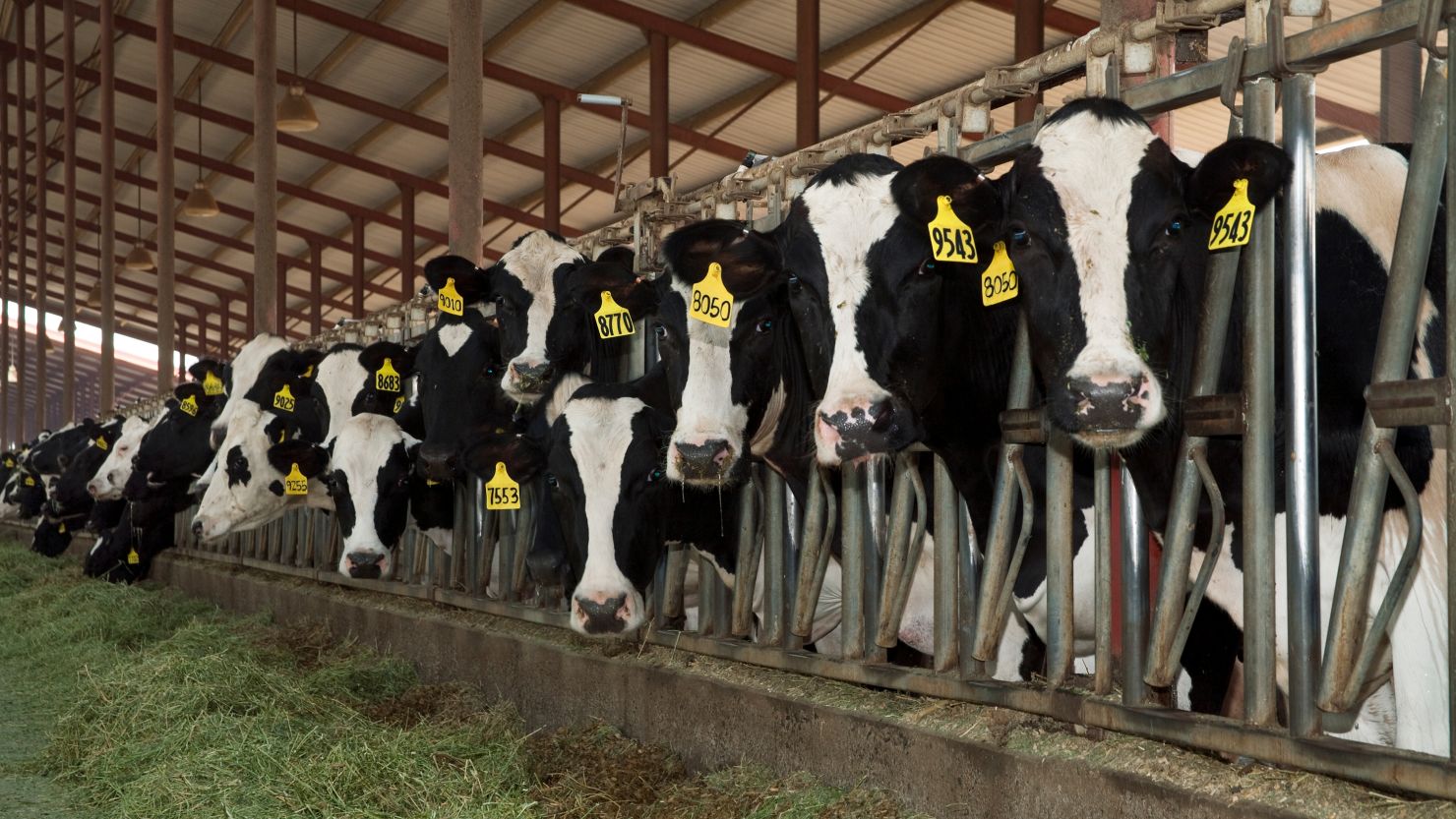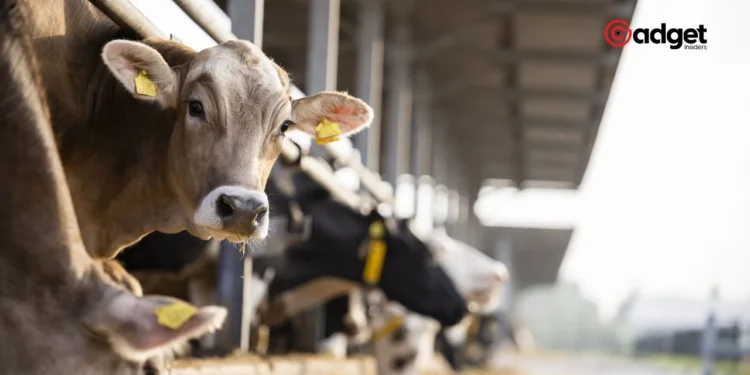As the specter of bird flu looms large over global agriculture, the United States is ramping up its efforts with a substantial $100 million investment aimed at preventing the spread of this formidable virus to the cattle sector. This proactive measure highlights the critical nature of safeguarding not just public health but also the robust beef and dairy industries that are integral to the American economy.

Escalating Threats Require Decisive Action
The bird flu, scientifically known as H5N1, has made its presence felt across various species, affecting more than just its avian hosts. Recent developments indicate that the virus has breached interspecies barriers, posing new risks to cows. Such incidents have spurred concerns over the safety of beef and milk products—staples of the American diet.
Amidst growing apprehensions, the U.S. government’s allocation of funds is not just a preventative measure but a response to potential economic fallout. The outbreak, which traces its roots back to 2020 during the peak of the COVID-19 pandemic, has been a persistent issue, particularly affecting the U.S. cattle populations. The funding initiative is designed to fortify defenses against a virus that has demonstrated significant mutability and the ominous potential to infect humans directly through the consumption of affected livestock products.
“Canadian scientists need the answer to one key question: Is the virus spreading from wild birds that typically carry the virus and are known to transmit it to other animals? Or is the virus being passed from cow to cow through milking equipment?” https://t.co/BWFfWeKUh6
— World Animal Protection CA (@MoveTheWorldCA) May 6, 2024
Strategic Investments to Shield Essential Resources
The allocation of this budget is multifaceted, with significant contributions aimed at critical areas of concern. The U.S. Food and Drug Administration (FDA) announced an additional commitment of $8 million specifically earmarked for protecting the nation’s commercial milk supply. Moreover, the U.S. Department of Agriculture (USDA) has introduced a subsidy of $28,000 per farm, totaling an impressive $98 million in overall commitments, to bolster on-farm safeguards against the disease.

These measures are not just about containment but are reflective of a broader strategy to maintain the integrity of food sources that the public heavily relies on. The news has brought some reassurance to consumers, particularly following reports of early tests indicating potential contamination of milk with the H5N1 virus, which the FDA was quick to address with public reassurances.
Understanding the Risks and Preparing for the Future
The spread of bird flu to mammals, including cows, has not only economic implications but also raises significant public health concerns. The World Health Organization (WHO) last year flagged the H5N1 bird flu outbreak as a critical issue, especially given its potential to spread to humans. While the risk was assessed as low in 2023, the dynamic nature of such viruses calls for constant vigilance.

The current scenario underscores the importance of proactive measures in the wake of the COVID-19 pandemic and previous outbreaks like the 2009 H1N1 virus. The memory of these pandemics serves as a stark reminder of the interconnectedness of animal and human health and the cascading effects that can arise from any link in this chain being compromised.
Conclusion: A Unified Front Against Bird Flu
The United States’ approach to combating the bird flu involves a comprehensive strategy that integrates rigorous testing and funding to protect essential agricultural sectors. This endeavor not only aims to prevent the spread of the virus among cattle but also mitigates the risk of a potential pandemic, safeguarding public health and economic stability.
As the situation evolves, continued cooperation among federal agencies, including the CDC, FDA, and USDA, along with the vigilant monitoring of disease vectors such as migratory birds, will be crucial in managing and hopefully overcoming this avian threat. The commitment of $100 million is a testament to the seriousness with which the U.S. is taking the threat of bird flu, prioritizing both the health of its citizens and the health of its economy.










